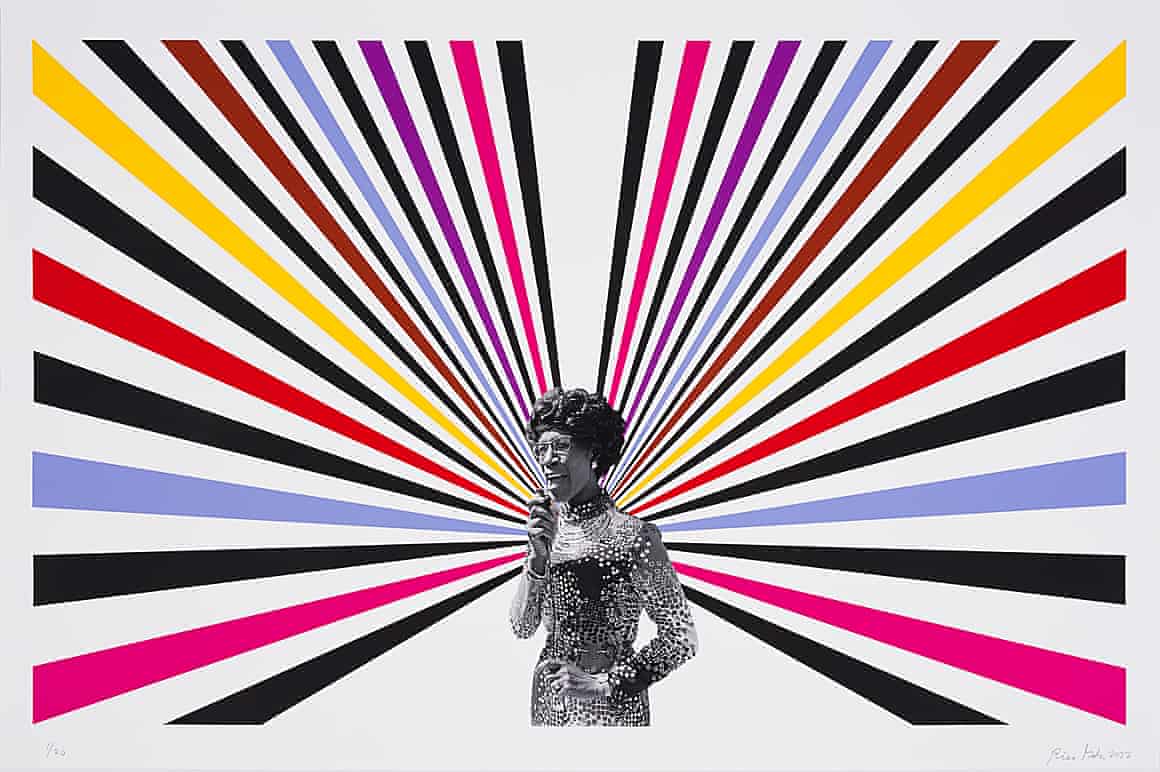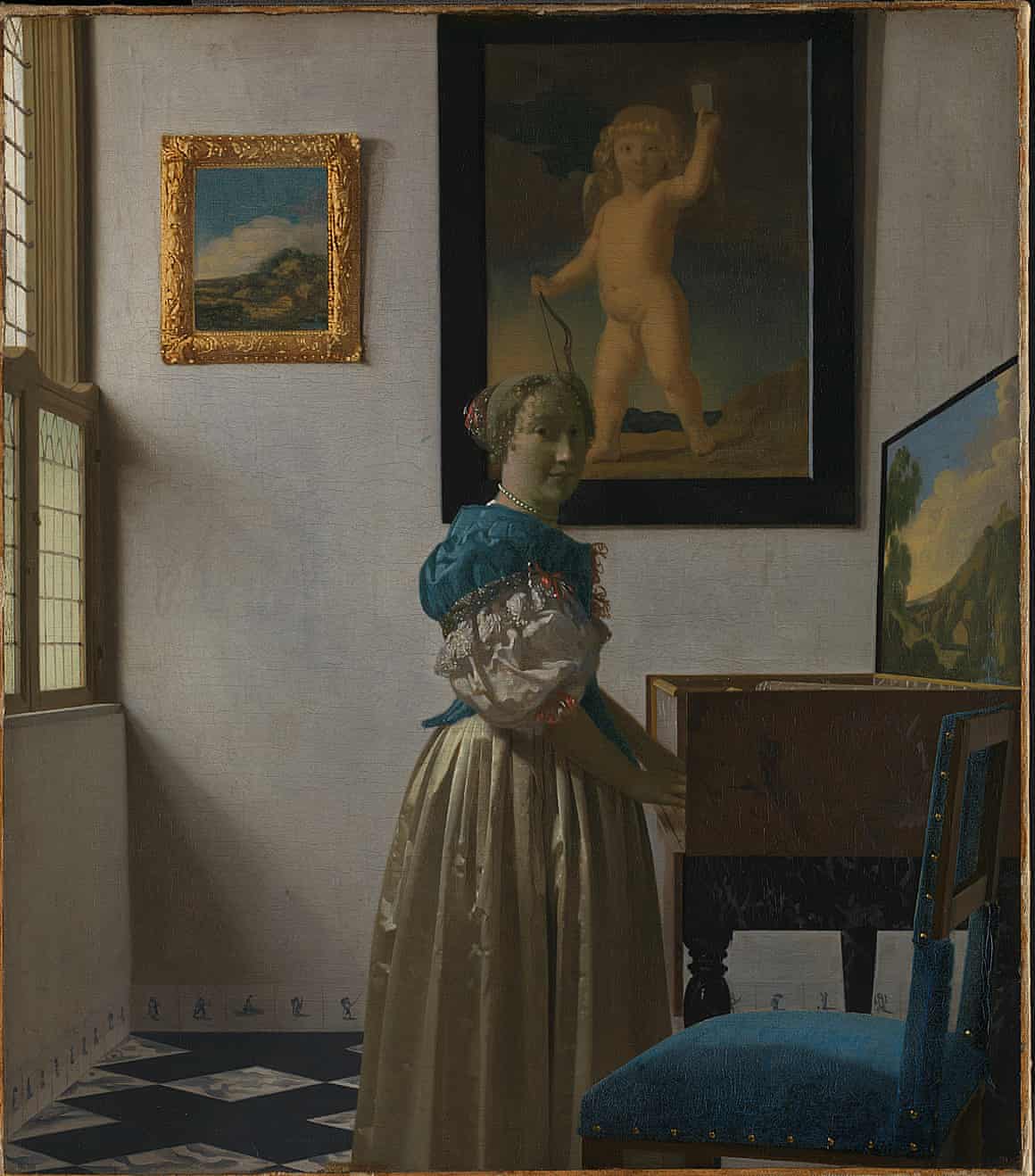| Fund independent journalism |
|
| 
|  | | Ofili stands out in Edinburgh, print legends and money in the Banksy – the week in art | | | A bustling art festival rivals the fringe, a survey of star printmakers, and an exploration of wealth and artistry – all in your weekly dispatch | |  |  The Caged Bird's Song by Chris Ofili. Photograph: © Chris Ofili. Courtesy the Artist and Victoria Miro, The Clothworkers' Company and Dovecot Tapestry Studio, Edinburgh
| |  | Jonathan Jones |
| | Exhibition of the week Edinburgh art festival
A staggering range of art for Edinburgh’s festival season, with great shows by Ibrahim Mahama and Chris Ofili standing out, while Hayley Barker and Sir John Lavery provide pastoral escape.
• Various venues, Edinburgh, 9-25 August Also showing Money Talks: Art, society and power
An exploration of art and money featuring works by Andy Warhol, Banksy and Grayson Perry.
• Ashmolean Museum, Oxford, from 9 August to 5 January Pirates
The summer exhibition of every kid’s dreams – and this history of nautical crime will absorb adults, too.
• National Maritime Museum Cornwall, Falmouth, until 6 January Contemporary collecting: David Hockney to Cornelia Parker
Survey of contemporary printmaking that shows that etching, engraving and other techniques are still alive and kicking.
• British Museum, London, until 29 September Turn It Up: The power of music
Fun for all ages in an interactive exhibition about the science and technology of music.
• Science Museum, London, until 1 September Image of the week | | |  | | | Ahead of the 2024 presidential election, Art for Change has partnered with When We All Vote, a non-partisan non-profit founded by Michelle Obama that seeks to increase voter participation. Interspersed with pieces such as Caris Reid’s playful rendering of the word “VOTE” against a starry backdrop and Rico Gatson’s colourful celebration of Shirley Chisholm, the first Black woman elected to Congress, each piece in this collection takes on new context. Read the full story What we learned Jamie Hawkesworth’s photographs offer startling visions of Britishness Rachel Cusk and Hari Kunzru have written some of the best novels about art Sculptor Hany Armanious is the perfect artist to reopen the Henry Moore Institute Once revered surrealist painter Henry Orlik has opened his first show in 50 years Piero della Francesca was one of the most charismatic artists ever Buckingham Palace is to host a blockbuster show of Renaissance drawings The fourth new Banksy to appear in London this week was stolen within hours Photographer Sefton Samuels, who documented northern English life, died aged 93 Noli Rictor won the Natsiaa award for First Nations art with a ‘truly majestic’ painting Masterpiece of the week Young Woman Standing at a Virginal by Vermeer, circa 1670-72 | | |  | | | | If there’s any Vermeer painting that backs up the theory that he used some kind of early photographic device, it’s surely this one. The room in which a young woman stands playing a keyboard looks almost too box-like and neat, as if it were a set in Vermeer’s studio. He could have, perhaps, captured the image as a bright projection in a camera obscura and traced its shapes before filling them in with paint. But why would he do that? It would still take immense skill to transform an image seen that way into this scene, with its subtle colours and textures and the woman’s enigmatic expression as she looks at us. No, this isn’t a photograph. It is a work of genius whose deceptive simplicity holds profound poetry in every nuanced shadow.
• National Gallery, London, on loan to Scottish National Gallery, Edinburgh Don’t forget To follow us on X (Twitter): @GdnArtandDesign. Sign up to the Art Weekly newsletter If you don’t already receive our regular roundup of art and design news via email, please sign up here. Get in Touch If you have any questions or comments about any of our newsletters please email newsletters@theguardian.com | |
| A staple of dystopian science fictions is an inner sanctum of privilege and an outer world peopled by the desperate poor. The insiders, living off the exploited labour of the outlands, are indifferent to the horrors beyond their walls.
As environmental breakdown accelerates, the planet itself is being treated as the outer world. A rich core extracts wealth from the periphery, often with horrendous cruelty, while the insiders turn their eyes from the human and environmental costs. The periphery becomes a sacrifice zone. Those in the core shrink to their air-conditioned offices.
At the Guardian, we seek to break out of the core and the mindset it cultivates. Guardian journalists tell the stories the rest of the media scarcely touch: stories from the periphery, such as David Azevedo, who died as a result of working on a construction site during an extreme heat wave in France. Or the people living in forgotten, “redlined” parts of US cities that, without the trees and green spaces of more prosperous suburbs, suffer worst from the urban heat island effect.
Exposing the threat of the climate emergency – and the greed of those who enable it – is central to the Guardian’s mission. But this is a collective effort – and we need your help.
If you can afford to fund the Guardian’s reporting, as a one-off payment or from just £4 per month, it will help us to share the truth about the influence of the fossil fuel giants and those that do their bidding.
Among the duties of journalism is to break down the perceptual walls between core and periphery, inside and outside, to confront power with its impacts, however remote they may seem. This is what we strive to do. Thank you. | | |
| George Monbiot,
Guardian columnist |
|  |
|
|
 | Manage your emails | Unsubscribe | Trouble viewing? | | You are receiving this email because you are a subscriber to Art Weekly. Guardian News & Media Limited - a member of Guardian Media Group PLC. Registered Office: Kings Place, 90 York Way, London, N1 9GU. Registered in England No. 908396 |
|
|
|
|
|